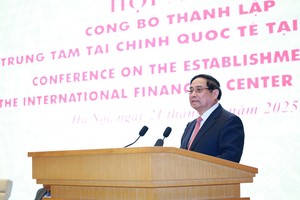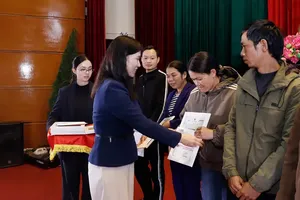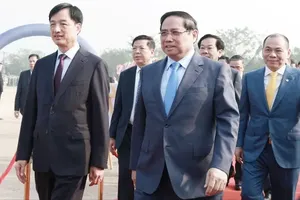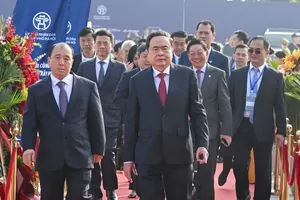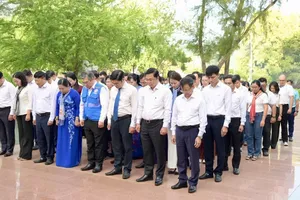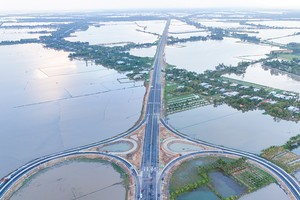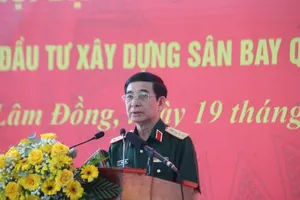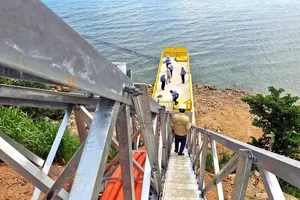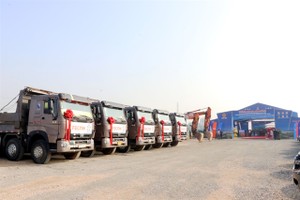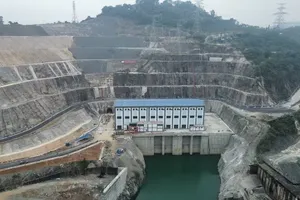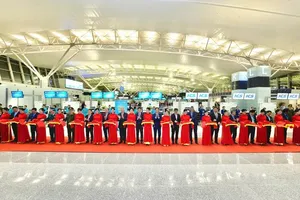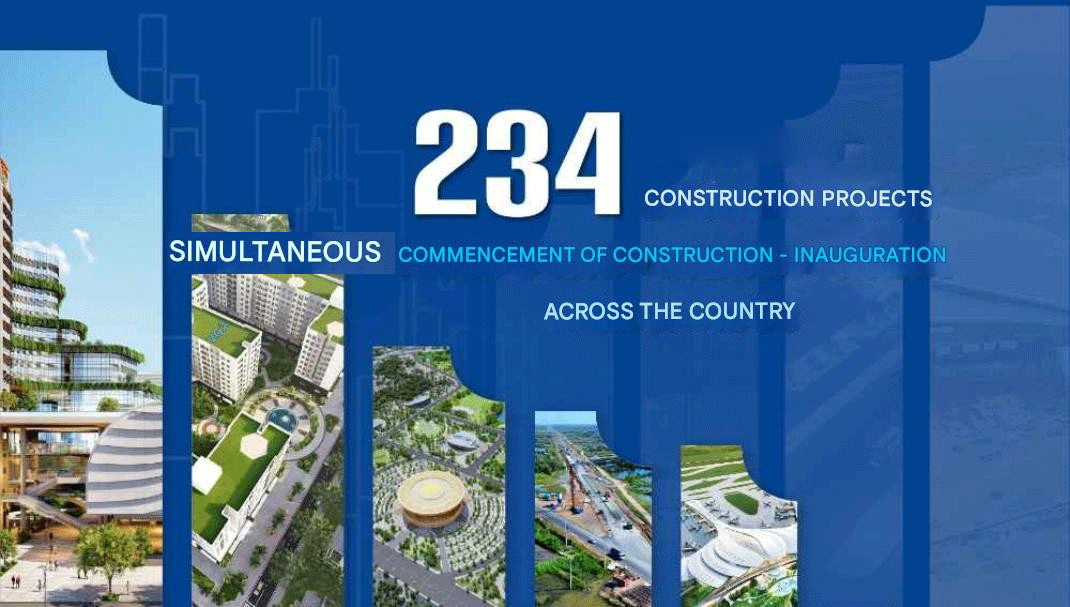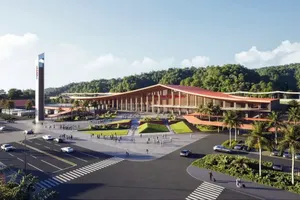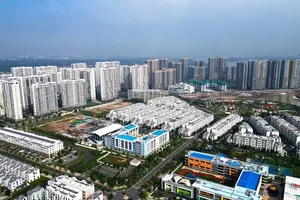
Under the decision, Binh Duong Province will be developed into a centrally-governed city by 2030, a hub of modern industrial services, and become one of the dynamic and comprehensive development centers in Southeast Asia. It will take the lead in science, technology and innovation, and have a synchronized, modern, smart, and sustainable socio-economic infrastructure system urban infrastructure following a green growth model and adapting to climate change while protecting the environment.
The province is expected to achieve an average economic growth rate of 10 percent a year in the 2021-2030 period. Its per capita GRDP is projected to be nearly US$15,800 while the population will reach 4.04 million in 2030.
As planned, Binh Duong needs to coordinate with national and Southeastern region development programs of neighboring provinces to expand transport connectivity, especially seaports consisting of Cai Mep - Thi Vai, Can Gio, Long Thanh and Tan Son Nhat international airports, international border gates including Moc Bai – Tay Ninh and Hoa Lu- Binh Phuoc; and connectivity in science and technology and human resource to create driving force for the transformation of a new development ecosystem; and develop Saigon and Dong Nai green river corridors.
The planning also identifies the development of a green Binh Duong with a green economy including green production, green consumption, green transportation, green infrastructure, green urban areas, green rural areas, and green environment to create harmony between humanity and nature; and green urban space and attractive green infrastructure to create a distinctive and unique image of Binh Duong City.
Regarding the development of dynamic spaces, the planning specifies the division of the province into three zones of dynamic development. It will turn Thuan An and Di An into modern urban areas with high living standards, preserve and develop ecological corridors along the Saigon, Dong Nai, and Thi Tinh rivers, develop new urban and service areas in Tan Uyen, Thu Dau Mot, Di An, and Thuan An, revitalize existing urban areas, and relocate logistics activities to areas along the Ring Road 4 and HCMC.

